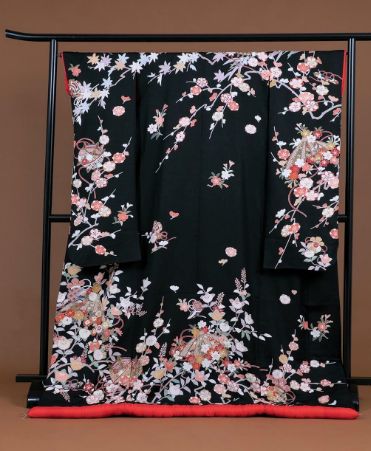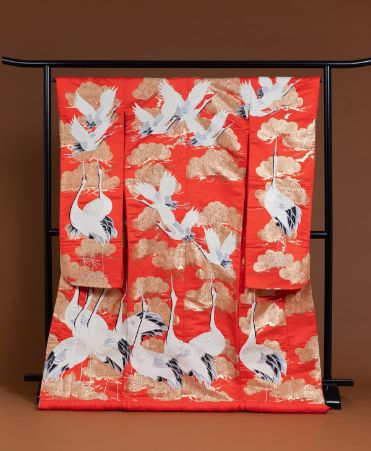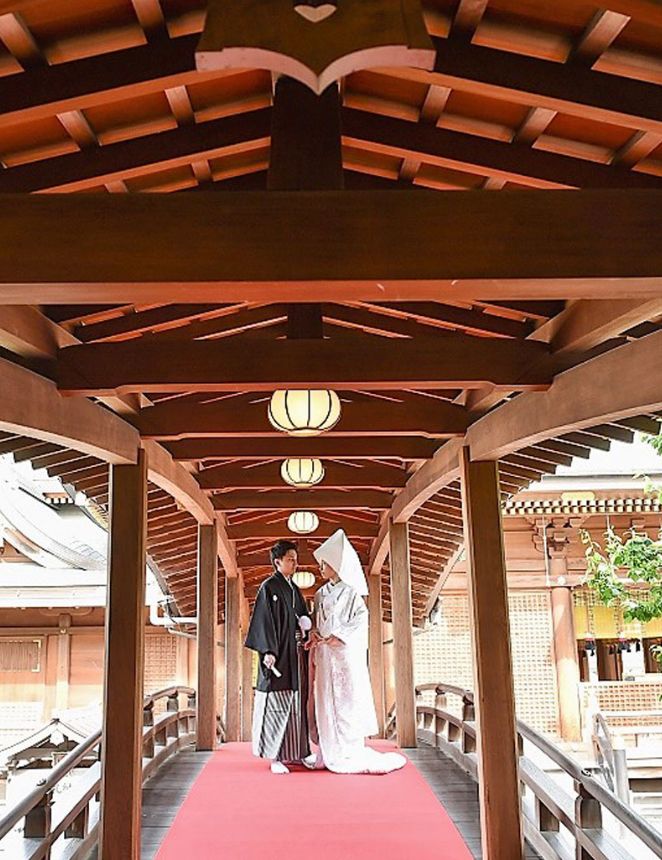
Wakon, or Japanese wedding ceremony, is a solemn wedding ceremony held at a Shinto shrine seeped in the history and atmosphere of traditions and culture unique to Japan. Standing before within the sacred shrine, the bride and groom are dressed in elegant kimono and, shrouded in a solemn atmosphere, pledge their eternal love.
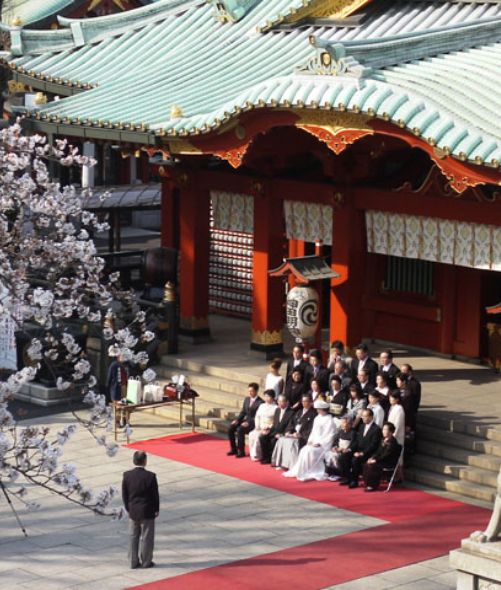
With the number of foreign tourists visiting Japan rapidly increasing year on year, Japanese weddings are becoming a worldwide movement among foreigners interested in Japanese culture. The nationalities of couples who hold Japanese weddings in Japan are very diverse, including the United Kingdom, the United States, Germany, France, Australia, Hong Kong, Taiwan, and South Korea.
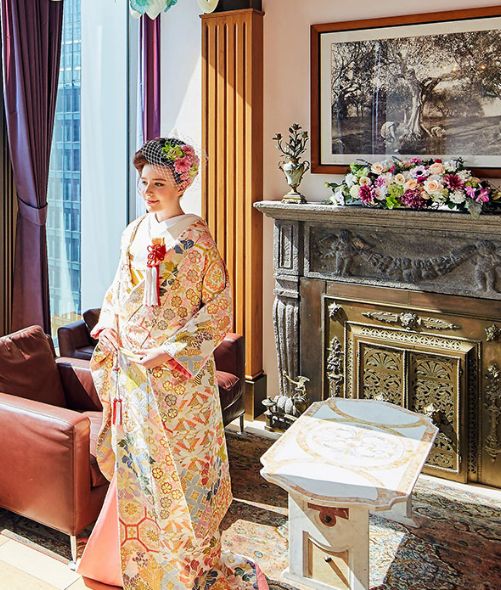
Regardless of nationality, a wedding is one of the most memorable and precious events in life. That is why it should be held in a distinctive and special place. The uniquely Japanese culture of the Shinto wedding ceremony is the perfect setting for such an event. Sharing this special experience with your guests and loved ones will make your wedding an even more memorable occasion.
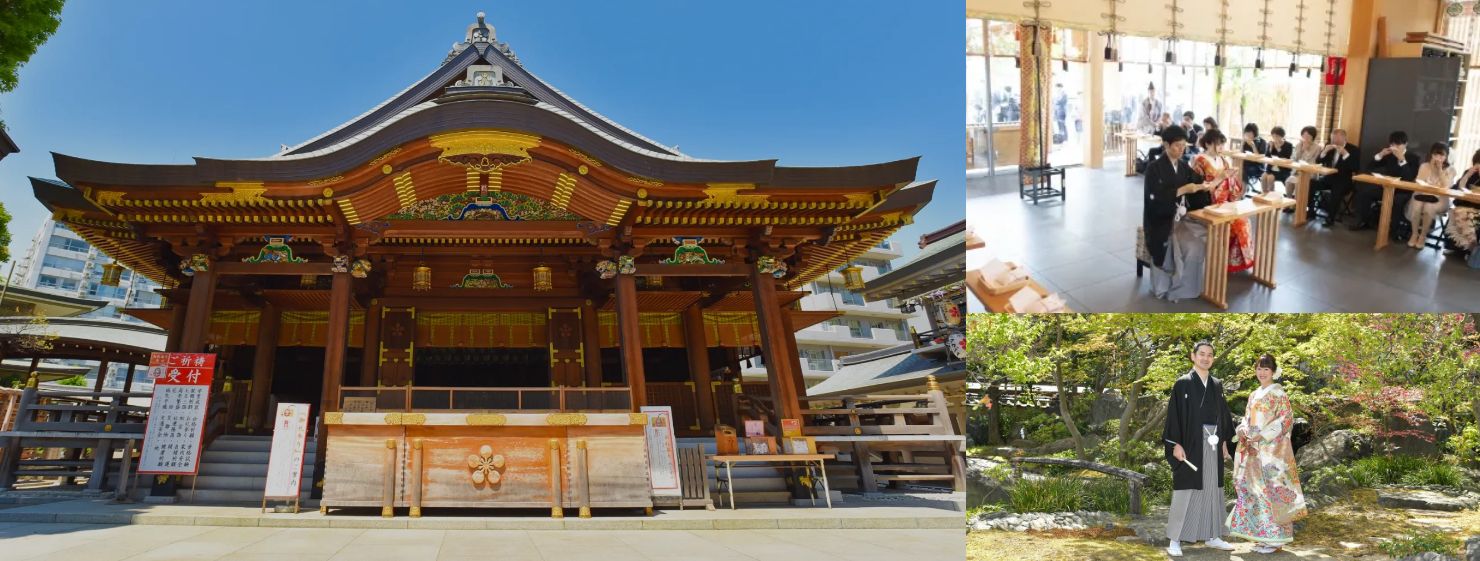
Heart Tree Wedding Co., Ltd.’s Destination Wedding Department “Cuore Wedding Team” is a team dedicated to fulfilling the wishes of foreign residents who wish to have their wedding ceremony at a Japanese shrine.
With over 25 years of experience in the wedding and event planning industry in Japan and around the world, this team, with its unparalleled global cultural sensitivity, will create a world-class wedding for you at a shrine that is the epitome of Japanese tradition and culture.
- Rental kimono for Bride (shiromuku or irouchikake)
- Rental kimono for Groom (black or white montsuki-hakama)
- Beauty service for the Bride (hair-styling and makeup)
- Kimono dressing for both the Bride and the Groom
- Additional accessories for the Bride and the Groom
(undergarments, tabi-socks, and zori-shoes) - Personal Planner
- Personal Assistant and Interpreter on the day of wedding
- Transfer on the day of wedding (wedding salon ↔︎ shrine)
-
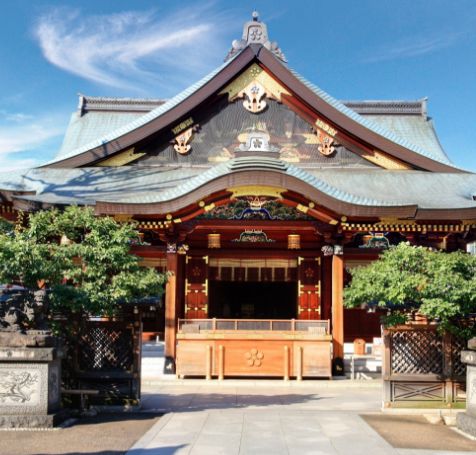
Yushima-
Tenmangu¥100,000JPY
-
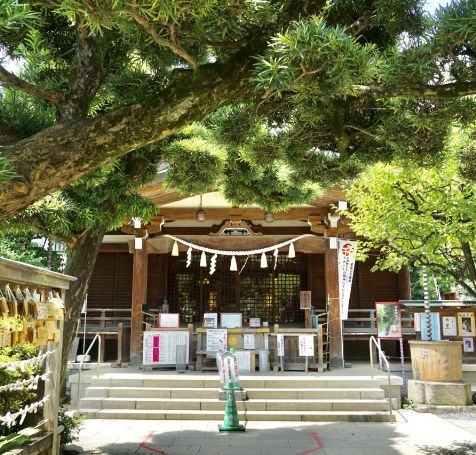
Hatonomori-
Hachiman-Shrine¥100,000JPY
-
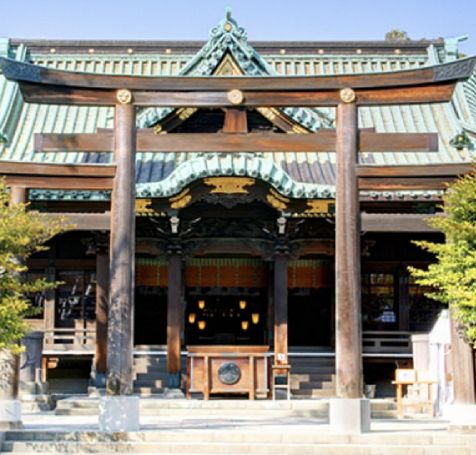
Ushijima-Shrine
¥60,000JPY
Additional fee (追加料金)
-
Week-end and holidays: ¥44,000JPY
Photographer: Starting from ¥110,000JJPY (up to 4H)
Shiromuku - (White kimono)

“I want to wear a kimono for my wedding!” This wish is the reason many of our customers choose to have their wedding ceremony at a shrine. “Shiromuku” is by far the most popular Wedding attire in Japan. The term “Shiromuku” refers to a bridal set in which everything is white, including the Uchikake, Kakeshita (a kimono worn under the Uchikake), Obi, tabi (socks), and accessories.
The color white has been recognised in many societies as a symbol of purity and virtue.
The most attractive aspect of the Shiromuku is the “absolute bride look” that will not double up with any of the other attendees.
Irouchikake - (Colored-Kimono)
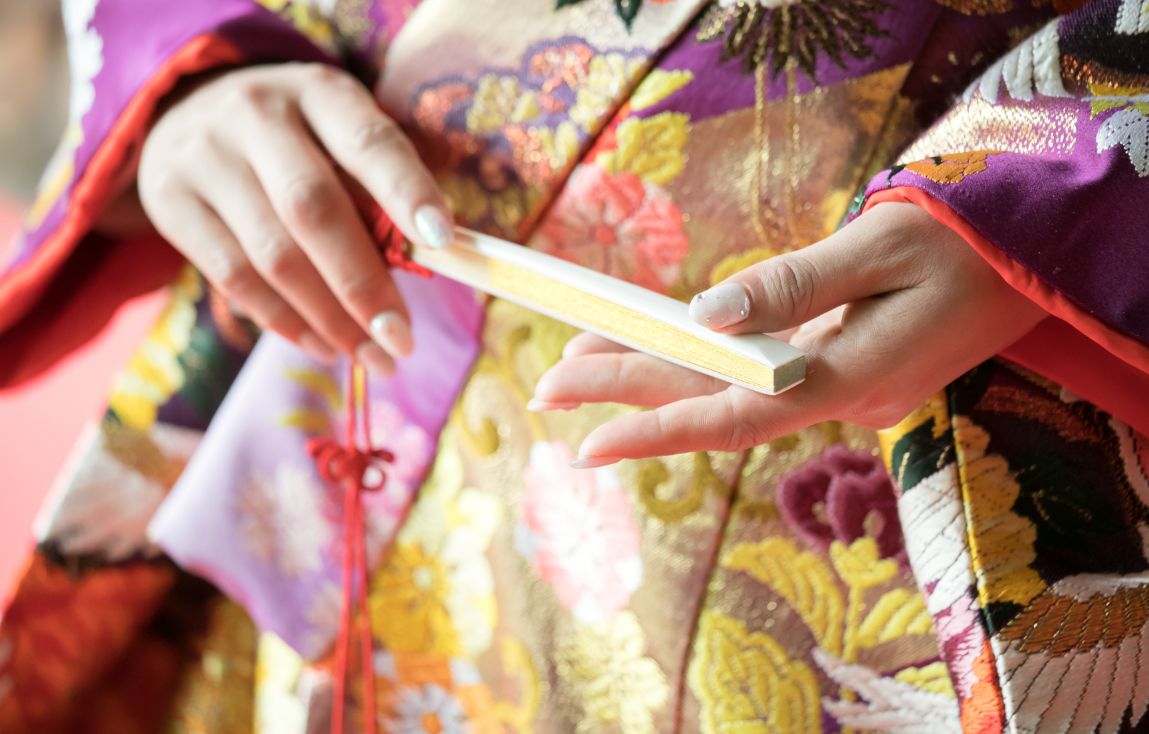
By having color on you r Uchikake, it makes for an even more gorgeous look. Starting with “red,” the color of celebration, you can now choose from an abundant array of colors.
Irouchikake is a gorgeous kimono with traditional and festive patterns such as cranes and turtles, phoenixes, pine, bamboo, and plum tree designs, Mt. Fuji, and court carriages that are depicted using various techniques such as weaving, dyeing, embroidery and metal leaf.
The patterns and designs also have meanings to them, such as the cranes and turtles which denote “longevity,” two cranes meaning “a happily married couple,” and Mt. Fuji meaning “prosperity” and “festivity/happiness.” The hem of the Uchikake, which is one size longer than the Kakeshita, is thickened with cotton to create a difference of perspective, making the wearer appear taller and thinner than they actually are.
Montsuki Hakama -
(Hakama with a Mon)
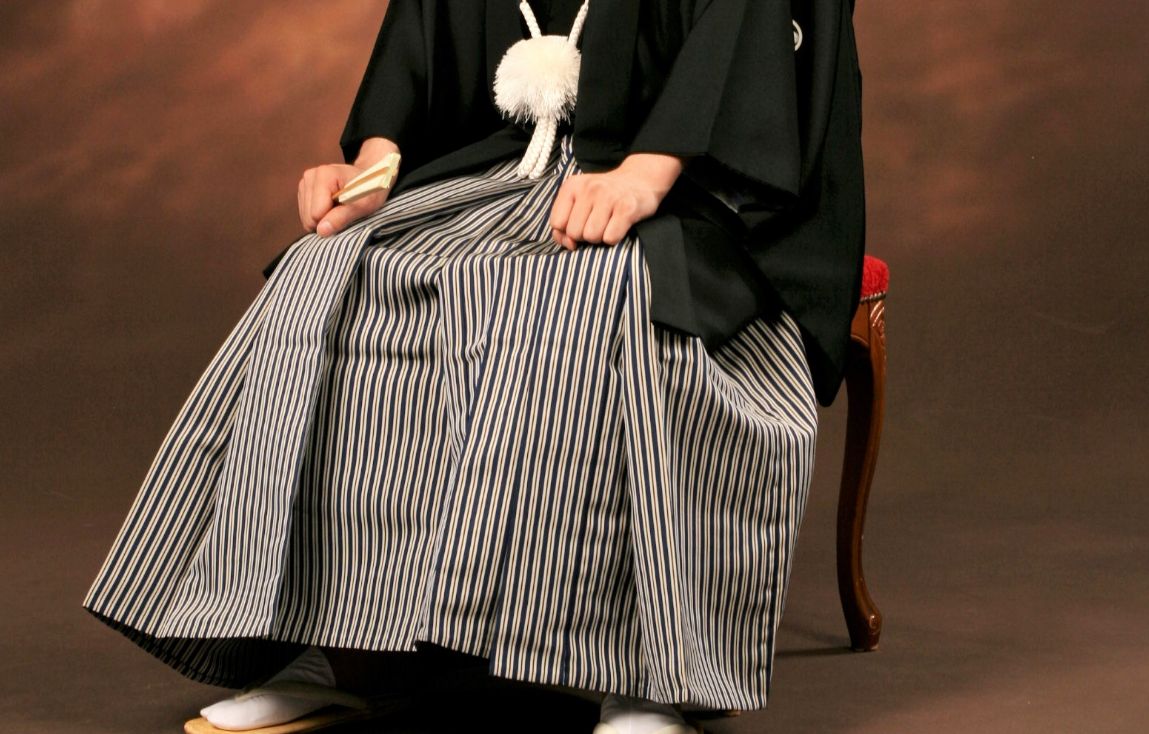
Men generally wear Montsuki Hakama, the full for mal ceremonial Japanese attire. The highest-order of the Montsuki Hakama is the “Black Haori Hakama with Five Crests.”
“Black Haori Hakama with Five Crests” is characterized by a black Haori (short formal throw-on jacket) with family crests in five places, on the back, back of both sleeves, and on both sides of the chest, and a white Haori string. Generally, Hakama made of the highest quality fabric called “Sendaihira” with a striped pattern are worn. Rental attire has a crest called a “Toori-mon (sometimes called a Tsuu-mon)” that can be used by anyone. The location of each crest has its own meaning.
The crest on the back represents your ancestors. The crests on both sides of the chest represent your parents. The crests on both sleeves represent brothers, sisters, and other relatives. For all of these reasons and more, the “Black Haori Hakama with Five Crests” is the most highly recommended full formal attire for the groom when having a Shinto wedding ceremony.
CONTACT
For consultation, please apply from the "Inquiry Form". After submitting, our staff will contact you.
ご相談は「お問い合わせフォーム」よりお申込みください。送信後、弊社担当者よりご連絡させていただきます。






